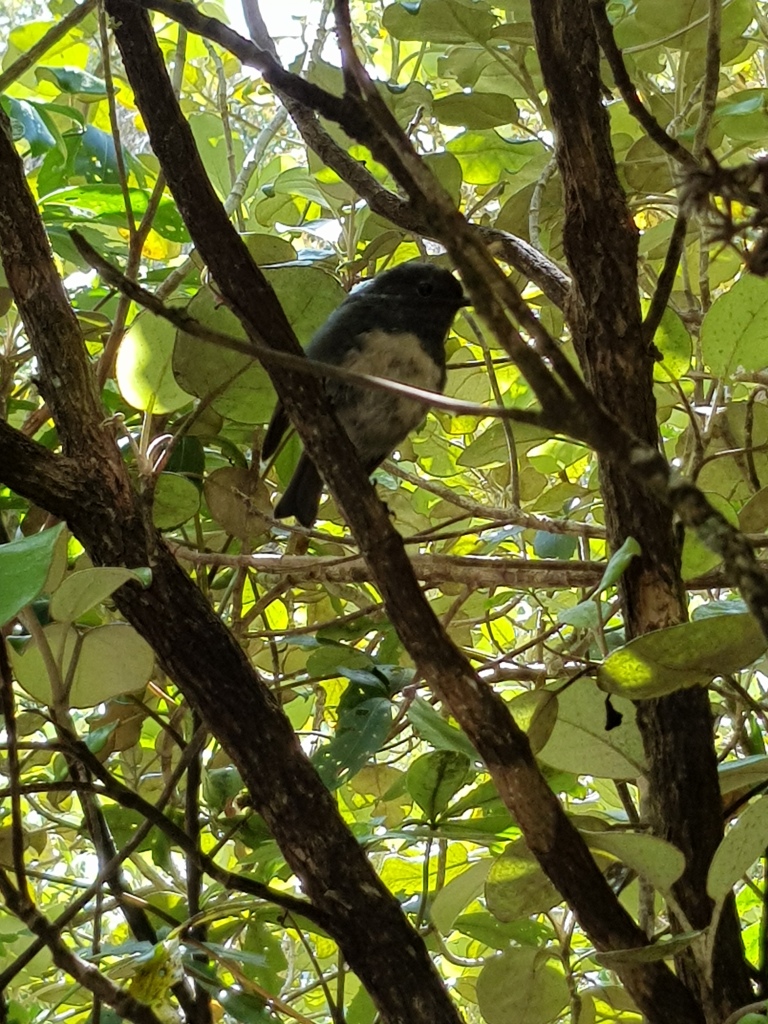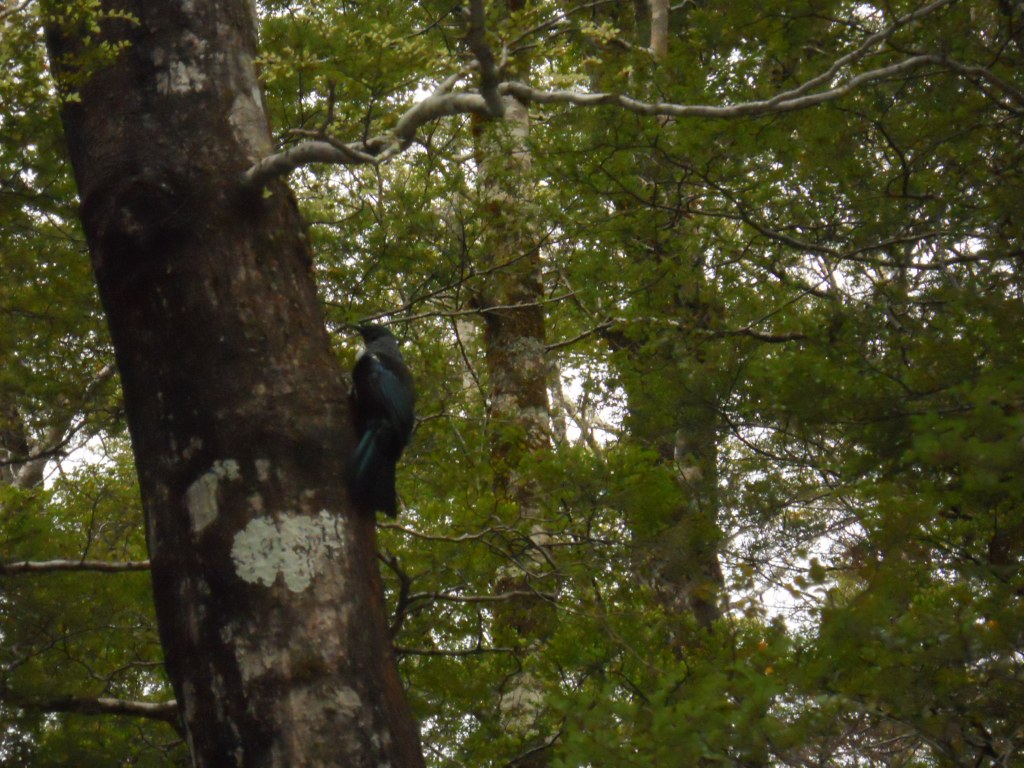How weather/terrain affects your Te Araroa experience
If you have been following my blog then you probably know I am very slowly section trekking the Te Araroa Trail, our own domestic 3200km long distance trail from Cape Reinga to Bluff. In fact I have a separate blog called Visions of a long white cloud: Section hiking the Te Araroa Trail just about that journey.
 |
| Heading up the Traver's Valley along Lake Rotoiti, Nelson Lakes National Park |
There is a trekking or 'campaign' season in New Zealand for those attempting the Te Araroa Trail. The time you start/finish is mostly going to be set by the weather, terrain, alpine snow conditions and how it affects both the North Island and the South Island. It will also dictate wither you travel SOBO or NOBO or southwards or to the north.
A quick look at New Zealand Topography
New Zealand is made of of a series of small and larger islands resting in the temperate zone between the Pacific Ocean and the Southern or Antarctic Sea. We are completely surrounded by ocean so obviously this is going to play the most important role in setting our weather patterns. Most of our weather is generated in the Southern Ocean or Tasman Sea which lie to the south and west of us.
 |
| Map of New Zealand showing terrain.... |
The two main islands you cover while on the TA are the imaginably named North Island/ Te Ika a Maui and the South Island/Te Wai Pounanu. BTW...I much prefer the Maori names....The North Island is approximately 1500 km's long and from 100-700 km's wide. It is mostly flat with some significant mountains in the central plateau, along the Eastern Coast and south near Wellington our capital.
 |
| A snow capped central North Island volcanic plateau... |
The South Island is approximately 1700 long but is a more uniform width, from 200-300 kilometers. The center of the South Island is bisected by a significant mountain range the Southern Alps which range up to 3400 meters asl. These form a barrier to weather from the west meaning the West Coast is wind, cold & wet for most of the year while the east coast has drier and more moderate weather.
 |
| The rugged mountains of the central South Island...Arthur's Pass NP |
Weather in New Zealand is mild for most of the year but we can also receive significant snow, rain and wind from time to time which makes our weather unpredictable and therefore dangerous. Rain events can flood rivers making them impassable and cold conditions combined with wind can make hypothermia a significant threat.
 |
| A flooded Otira River at the Taramakau confluence...no crossing today!!! |
You need to be prepared for ANY weather conditions at all times...
What is the ideal time to walk the TA
What is the best time to walk Te Araroa....well, it really depends on your skill level, equipment and schedule. A lot of the Trail can be walked right through the year and in fact people have walked the TA in winter but they are exceptions.
 |
| On the TA in Nelson Lakes National Park in October 2019... |
Probably 95% of TA walkers do so between October and April which is during our spring/summer/autumn period. This is when the weather and snow conditions allow passage through the mountainous South Island. Outside of these times you will need a completely different skill set to walk the TA and your safety cannot be guaranteed.
 |
| ...blue skies and sunny weather through the St James Conservation area in February... |
During October-December the weather in New Zealand is generally wet but mild in the North Island. In the Southern Alps you can still expect cold, wet and snowy weather and most of the high altitude passes will be closed by deep snow and the threat of avalanches.
 |
| A late snow dump near the Rangitata River in October 2018..... |
December to early April is summer so the weather will gradually get warmer and clearer, the best and most stable weather will be from February to late March.
Going southwards or SOBO
SOBO means travelling in a south bound direction and is a term borrowed from the North American long trail community. On the Te Araroa trekkers travel from the top of the North Island to the bottom of the South Island. If you travel SOBO you start in the north and head south, if you go NOBO you start in the south and travel north.
 |
| Tramping in one of the Northland Kauri Forests..... |
TA trekkers going SOBO can start their trek in early October as they can traverse the North Island during spring and the start of summer. Spring in the North Island is more mild than down south but it can still be cold and very wet especially in the top half of the north island.
 |
| Cape Reinga Lighthouse...northern terminus of the Te Araroa Trail |
It normally takes around three months to walk each island so by the time they reach the top of the South Island in January the weather is better allowing progress over the high alpine passes.By the time a SOBO reaches Bluff summer (December-February) will be coming to an end and the weather will start to change.
 |
| Stirling Point...southern terminus of the Te Araroa Trail... |
While good weather often continues into autumn (March-May) it cannot be guaranteed so a SOBO traveler will want to be finished their trek by late April-early May.
Going northwards or NOBO
NOBO trekkers will typically start their walk in January or February during the start of summer. If they start any earlier than this they can face significant problems with ice and snow in the higher passes. The main ones to contend with are in the Richmond Ranges, Travers and Waiau Pass in Nelson Lakes NP and several higher areas between Lake Coleridge and Queenstown.
 |
| Waiau Pass...best tackled in dry, warm conditions.... |
In the North Island there are high alpine areas around the Tararua Range and the Central Plateau i.e. the Tongariro Alpine Crossing. Most other areas of the North Island are far less rugged and at lower elevation so snow, ice and bad weather are less of a concern.
 |
| Nichols Hut in the rugged Tararua Range, North Island New Zealand |
By starting in January or February TA Trekkers will have finished the South Island and should be walking through the Tararua Range in late March-early April. This is still fine as the weather is generally good but any later than this can expose you to dangerous conditions in this area.
Depending on weather the Tongariro Crossing is still passable up to the end of May...past this point alpine skills and equipment are sometimes necessary. Do not try to trek the Tongariro Alpine Crossing in bad weather..it is very dangerous and there have been fatalities on this track. Give it the respect it is due...
 |
| A winter crossing of Mt Tongariro is no trifle.....it can be dangerous!!! |
North of the Central Plateau you are travelling through lowland forest so the weather is not as important a factor. It will be colder but manageable...
So...when should I walk the Te Araroa Trail...
It is easy really...if going SOBO you can start from the beginning of October...if going NOBO you can start from December onward. Of course you can walk the trail outside of these times but you will need a lot more skill, gear and alpine experience to safely cross the higher mountain areas.
 |
| On the Rakuira Track in January 2020.... |
If you intend to add the Rakuira Track to your TA trek then the best time to visit is from December through April when the weather is most settled. That said the track is in coastal lowland forest the whole way so it can be walked at anytime of the year.
Booking Great Walk huts/campsites
A number of the TA sections are on Great Walk tracks...these are the premium tourist orientated tracks of which we have 11 in New Zealand. As they are Great Walks the huts and campsites must be booked before hand.
 |
| Bookings are required at Maori Beach Campsite, Rakuira Track, Rakuira |
We are talking specifically of the Tongariro Alpine Crossing, Whanganui River Journey and the Rakuira Track. Please note some of the other huts are slowly going on the DOC hut booking system especially in the North Island....check to see if a booking is required!
 |
| John Coull Hut on the Whanganui River is a Great Walk hut...booking required!!! |
Bookings for these huts and campsites usually open in early June although given Covid 19 it is uncertain if this will stand for the next couple of years. Check the Department of Conservation (DOC) website for details or have a look at my blog post about booking a Great Walk hut.
 |
| The campsite at Kahikatea Flats, Pelorous Bridge also requires prior booking... |
Any bookable hut will have a DOC Ranger who can refuse entry to you if you have no booking OR make you pay a 100% penalty fee...




























































